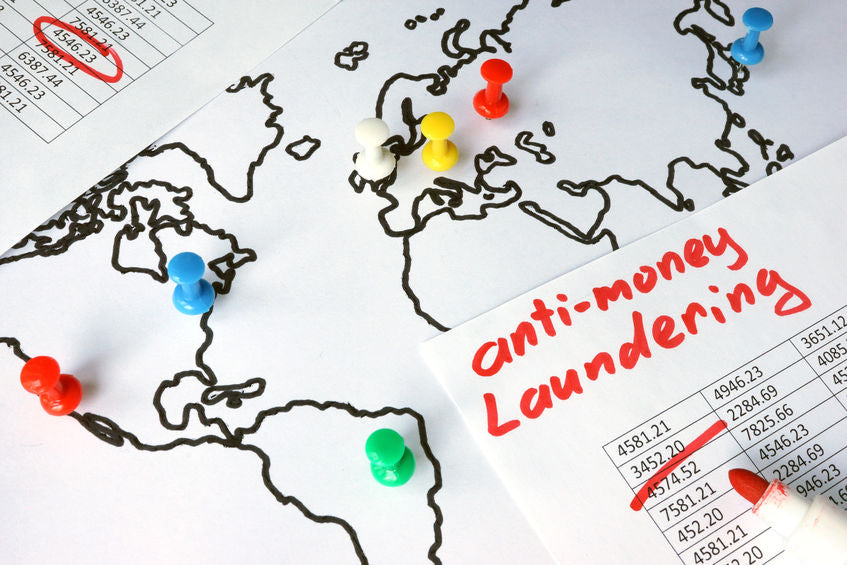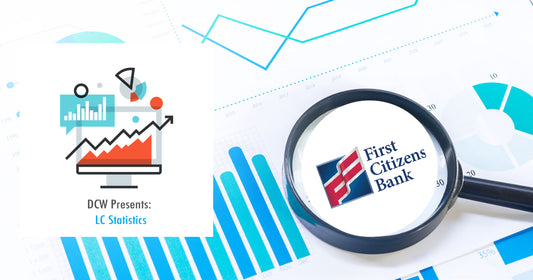Categories
- Anti Money Laundering
- authenticated
- automatic extension
- bill of lading
- compliance
- Counter Terrorist Financing
- extension
- financial crime
- Financial Guarantee
- Guarantee
- Independent Guarantee
- Iran
- ISP98
- LC
- LC Law
- LC Statistics
- Red Flags
- Sanctions
- Standby LC
- SWIFT
- Trade Based Financial Crime Compliance
- tranport documents
- UCP500
- UCP600
- wrongful dishonor
Defining Trade Based Money Laundering
What it Trade Based Money Laundering, what are some common techniques used in TBML, and how can banks combat it?
Financial Action Task Force (FATF) defines Trade Based Money Laundering (TBML) as “the process of disguising the proceeds of crime and moving value through the use of trade transactions in an attempt to legitimise their illicit origin.” Trade based money laundering schemes often rely on the complexity of global trade as a means of obscuring the true origin of the funds. Proceeds of trade based money laundering can move through financial systems as straight “buyer to seller payments” (open account), or possibly through bank trade services such as letters of credit, documentary collections, etc.
Common Practices in TBML Schemes
A few common techniques used in TBML are over and under invoicing for goods and services. This scheme involves collusion between buyer and seller, often working for subsidiaries of the same parent company. In instances of over invoicing, seller will invoice buyer for a price above fair market value, resulting in increased value for the seller. Conversely, a scheme involving under invoicing would see the seller invoice the buyer for goods at a price below market value, allowing the buyer to resell the goods and receive an additional profit for the difference between fair market value and purchase price paid.
Another common technique is phantom shipments, which occurs when the exporter invoices the buyer for goods that are not sent. The buyer, working in collusion with the exporter, will make payments on the good as if they had been shipped and received, by creating and sending false transport documents.
Finally, false description of goods or services is a commonly used scheme. In this scheme, inexpensive goods can be invoiced as expensive goods, thus causing more money to be transferred than would occur in a legitimate transaction.
Moving Forward - Combatting TMBL
How can banks combat trade based money laundering? Banks must have in place a sound compliance programme. Regular training must occur to be able to identify red flags, such as documents improperly modified, vessels inappropriate for type or volume of goods, transport documents inconsistent, over valuation of goods, etc.
TBML Resources
The London Institute of Banking & Finance (CDCS, CITF, and CDSG) is now offering a Certificate in Trade Finance Compliance, or CTFC. Geared toward Trade Finance Operations Staff, Relationship Managers, Bank Audit and Compliance Staff, and Risk Managers, this professional certification program covers key critical areas in trade based financial crime. The goal of the CTFC is to provide participants with the technical knowledge, skills & insights into international best practices in the ever-changing trade finance compliance landscape.
In terms of literature, IIBLP itself offers the most comprehensive and up-to-date book on TBML and trade based financial crime compliance at large. Available as a hardback, softback, and eBook, Trade Based Financial Crime Compliance provides financial institutions, bankers, lawyers, compliance officers, and corporates the necessary information to identify and combat trade based crime and remain compliant.
This topic is regularly covered by the IIBLP blog, as well as Documentary Credit World. See previous blog posts on the BAFT Anti Money Laundering Paper, Compliance Challenges, and the Wolfsberg Paper.





